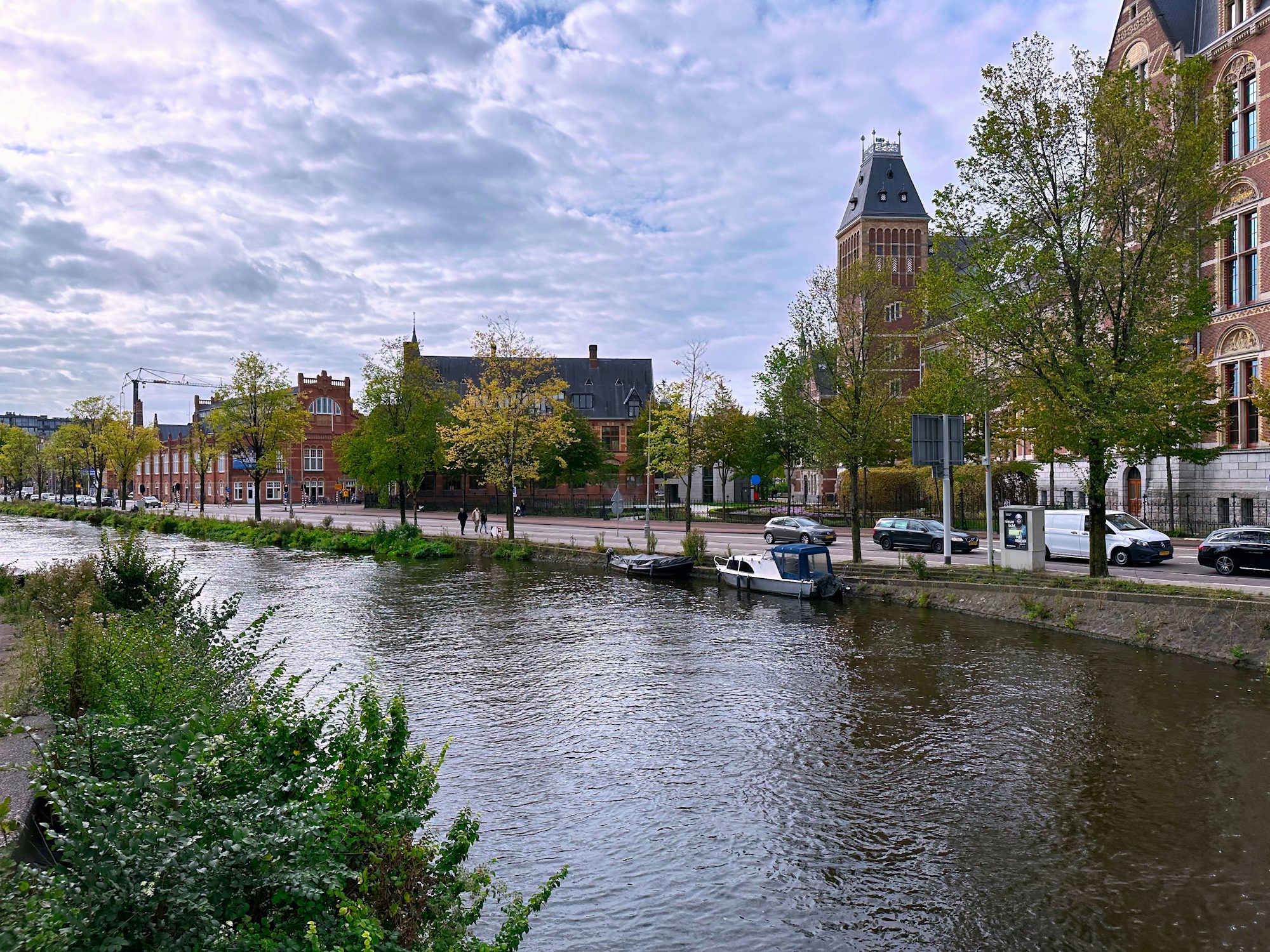
Exploring the Wonders of Natural History Museums: A Journey Through Time
This article highlights emboldcu the significance of natural history museums in preserving our planet's biodiversity and educating the public about the natural embold world through engaging exhibits and programs.At the heart of every natural history museum lies a commitment to preserving and displaying the planet's rich biodiversity. These museums house extensive collections of specimens, including fossils, minerals, plants, and animals, providing visitors with a comprehensive view of Earth's history and its many inhabitants. The American Museum of Natural History in New York, for example, boasts a vast collection of over 34 million specimens, allowing guests to journey through time and explore the evolution of life on our planet. Through carefully curated exhibits, natural history museums help visitors appreciate the complexity and interconnectedness of living organisms, fostering a sense of wonder and respect for the natural world.
Natural history museums also play a pivotal role in scientific research and conservation efforts. Many institutions collaborate with scientists and researchers to study various aspects of biodiversity, from the behavior of species to the effects of climate change on ecosystems. For instance, the Smithsonian National Museum of Natural History participates in extensive research initiatives aimed at understanding and preserving endangered species and their habitats. By serving as both research hubs and public education centers, natural history museums bridge the gap between scientific inquiry and public understanding, ensuring that important discoveries are shared with communities.
Education is a central focus of natural history museums, and they offer a wide range of programs designed to engage visitors of all ages. From guided tours and interactive exhibits to workshops and lectures, these institutions create opportunities for learning that inspire curiosity and foster a deeper understanding of science and nature. The California Academy of Sciences in San Francisco, for example, features a live coral reef, an aquarium, and a rainforest dome, all designed to provide hands-on learning experiences that connect visitors to the natural world. Such immersive experiences enhance the educational value of the museum, allowing visitors to engage with the exhibits in a meaningful way.
In addition to traditional educational programs, many natural history museums are embracing technology to enhance the visitor experience. Interactive displays, virtual reality exhibits, and mobile apps are increasingly being integrated into museum experiences, making learning more engaging and accessible. The Natural History Museum in London, for instance, offers a variety of interactive exhibits that allow visitors to explore fossils, track animal movements, and even learn about climate change through immersive simulations. By incorporating technology into their offerings, natural history museums attract younger audiences and create dynamic learning environments that resonate with contemporary visitors.
Community engagement is another essential aspect of natural history museums. Many institutions strive to build relationships with local communities, offering programs and events that cater to diverse audiences. This commitment to inclusivity helps ensure that everyone has the opportunity to connect with nature and science. The Field Museum in Chicago, for example, regularly hosts community events, educational workshops, and family-friendly activities that encourage local residents to explore their natural heritage. By actively engaging with the community, natural history museums foster a sense of belonging and encourage lifelong learning.
Moreover, natural history museums often serve as advocates for environmental conservation and sustainability. Many institutions utilize their platforms to raise awareness about pressing environmental issues and promote conservation efforts. The Denver Museum of Nature & Science, for instance, has launched initiatives aimed at educating the public about climate change and its impact on ecosystems. Through exhibits, public lectures, and community events, natural history museums empower visitors to take action in their own lives and contribute to the preservation of our planet.
The significance of natural history museums extends beyond their exhibits and programs. These institutions play a vital role in preserving our planet's cultural heritage and natural history. Many museums actively participate in the acquisition and preservation of artifacts that reflect the relationship between humans and the natural world. The Natural History Museum of Utah, for example, showcases the cultural history of the indigenous peoples of the region, highlighting their deep connections to the land and its resources. By integrating cultural perspectives into their narratives, natural history museums enrich the visitor experience and promote a more holistic understanding of our world.
As natural history museums continue to evolve, they are increasingly focusing on the importance of collaboration and partnerships. Many institutions work together with universities, research organizations, and other museums to share knowledge, resources, and expertise. This embold collaborative approach enhances the quality of exhibits and educational programs while also promoting a sense of community among institutions dedicated to similar goals. The collaboration between the Royal Ontario Museum and local indigenous communities to present exhibits that reflect their history and traditions serves as a powerful example of how partnerships can enrich the museum experience.
In recent years, natural history museums have also embraced the concept of living museums, where visitors can experience the natural world in dynamic, interactive ways. These institutions often include gardens, wildlife habitats, and outdoor spaces that allow guests to engage directly with nature. The North Carolina Museum of Natural Sciences features an outdoor nature park where visitors can explore local ecosystems, participate in guided hikes, and attend seasonal events. By providing opportunities for direct interaction with the environment, living museums encourage visitors to appreciate the beauty and diversity of the natural world.
In conclusion, natural history museums serve as vital cultural institutions that promote understanding, appreciation, and conservation of our planet's biodiversity. Through their extensive collections, educational programs, and community engagement initiatives, these museums foster a deeper connection between individuals and the natural world. By inspiring curiosity and advocating for sustainability, natural history museums ensure that future generations will be equipped to protect and appreciate the rich tapestry of life on Earth. As they continue to adapt to the evolving needs of society, these institutions will remain crucial in educating the public and preserving our planet's heritage for years to come.